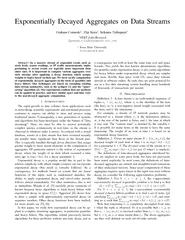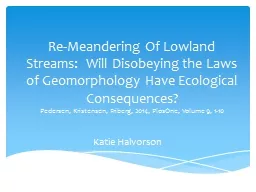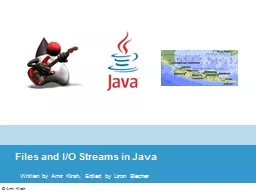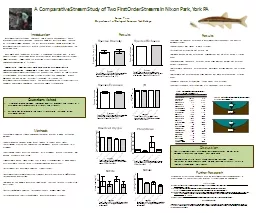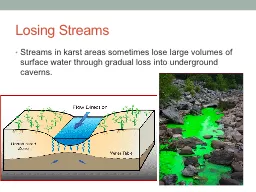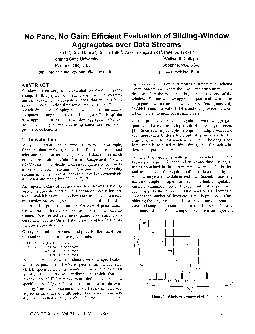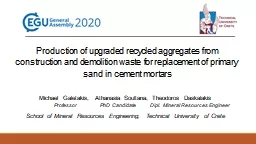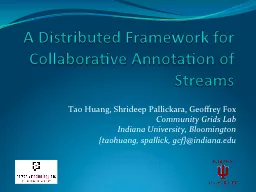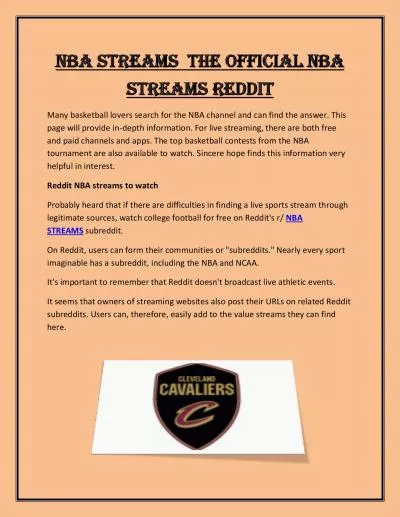PDF-Exponentially Decayed Aggregates on Data Streams Graha
Author : ellena-manuel | Published Date : 2015-05-25
attcom Iowa State University sntiastateedu Abstract In a massive stream of sequential events such as stock feeds sensor readings or IP traf64257c measurements tuples
Presentation Embed Code
Download Presentation
Download Presentation The PPT/PDF document "Exponentially Decayed Aggregates on Data..." is the property of its rightful owner. Permission is granted to download and print the materials on this website for personal, non-commercial use only, and to display it on your personal computer provided you do not modify the materials and that you retain all copyright notices contained in the materials. By downloading content from our website, you accept the terms of this agreement.
Exponentially Decayed Aggregates on Data Streams Graha: Transcript
Download Rules Of Document
"Exponentially Decayed Aggregates on Data Streams Graha"The content belongs to its owner. You may download and print it for personal use, without modification, and keep all copyright notices. By downloading, you agree to these terms.
Related Documents

